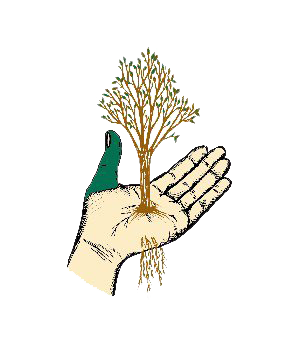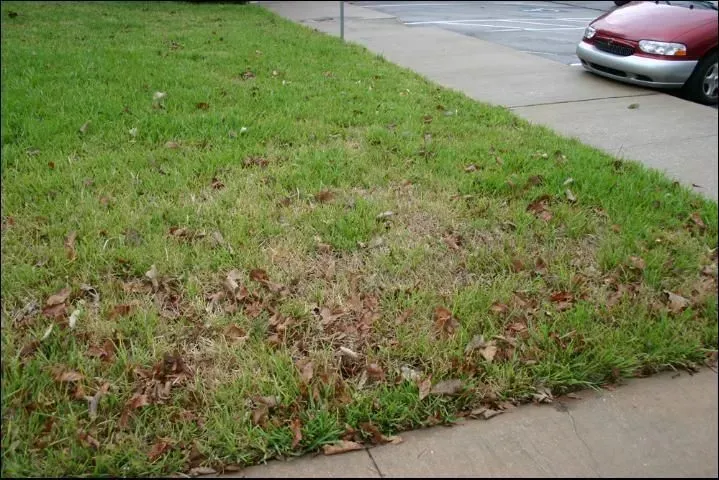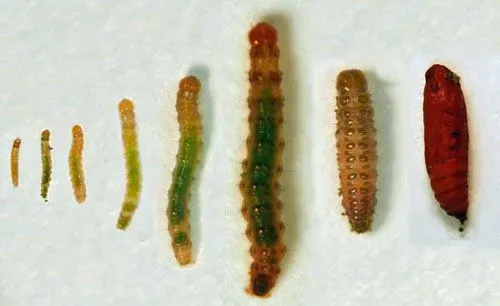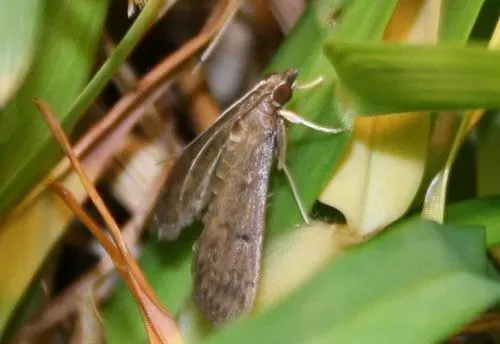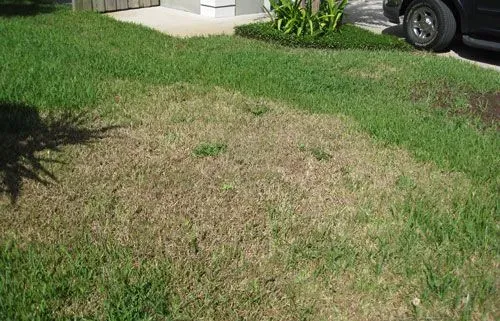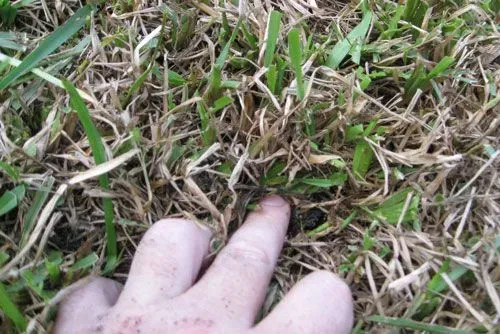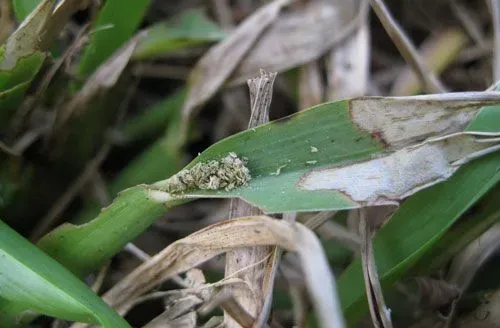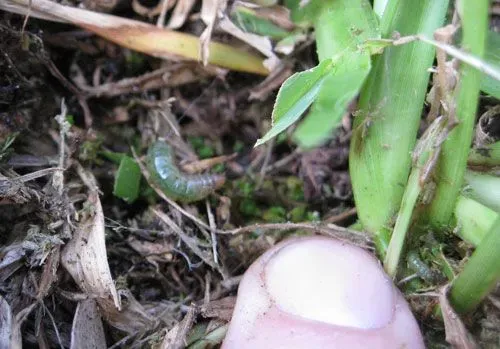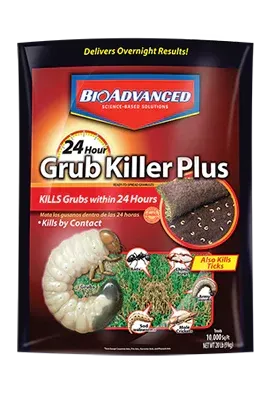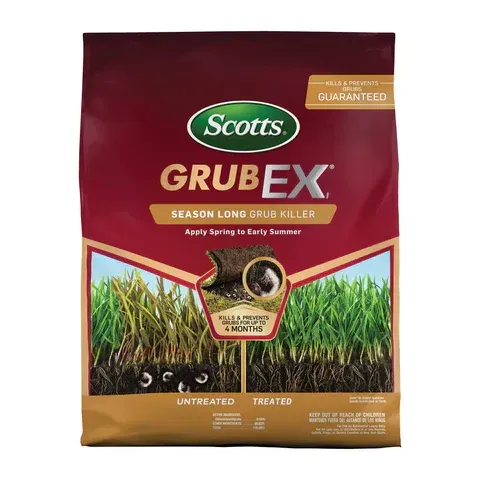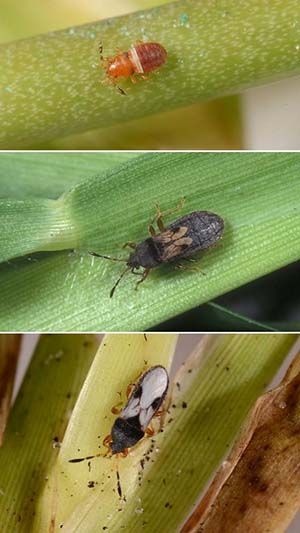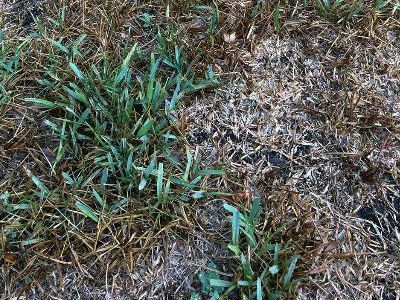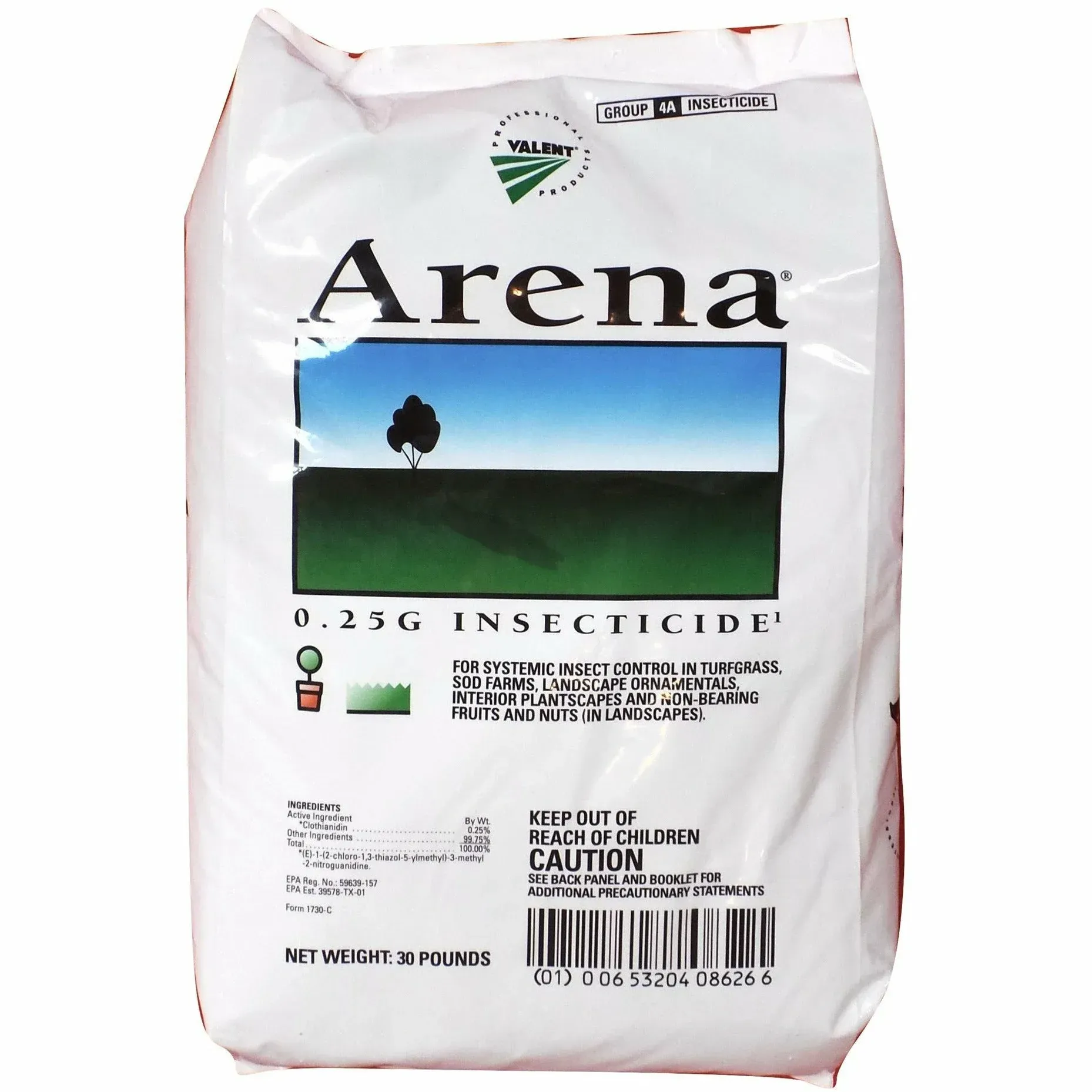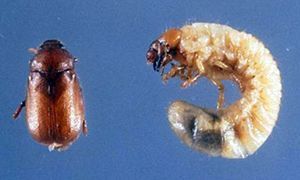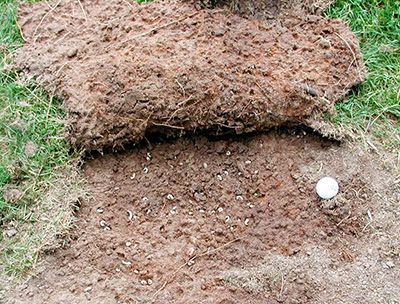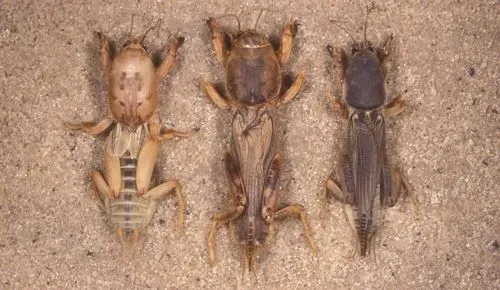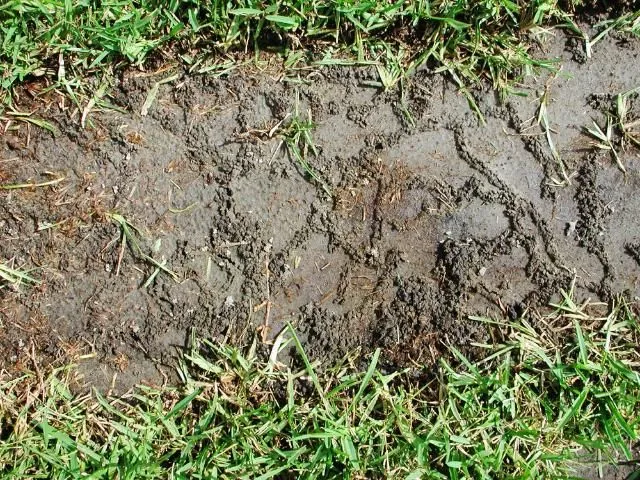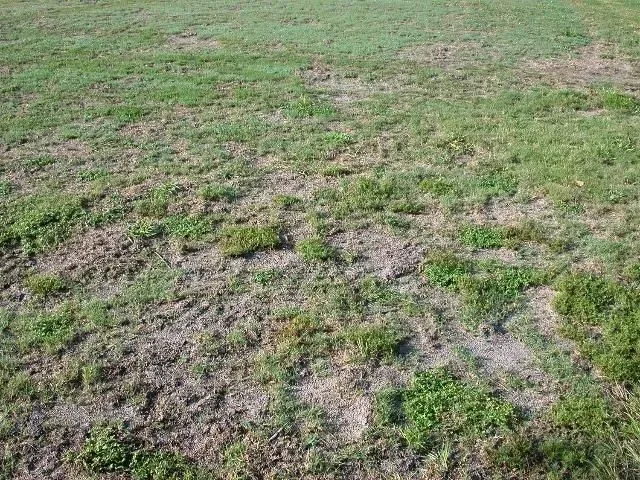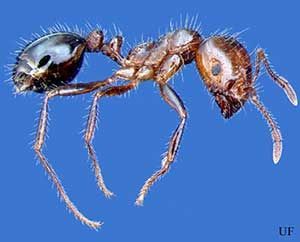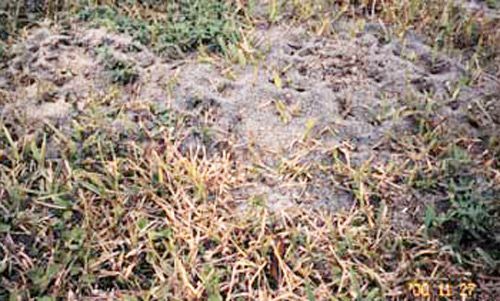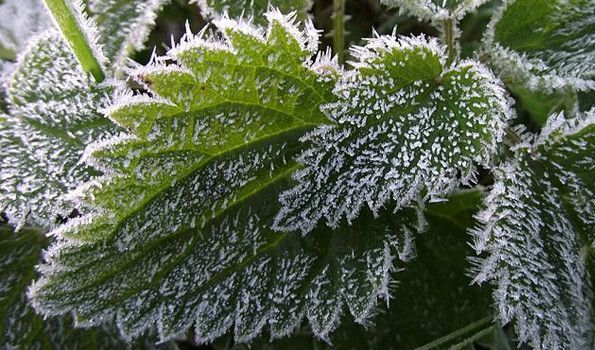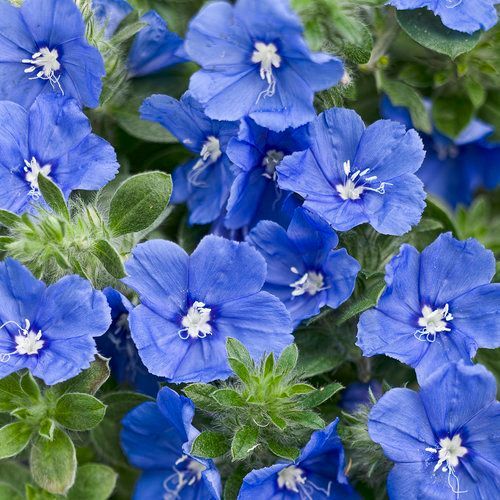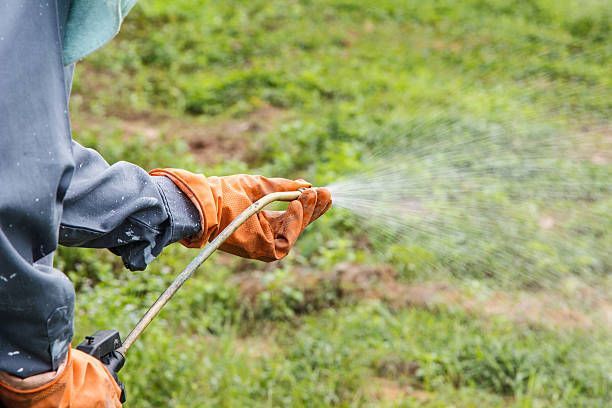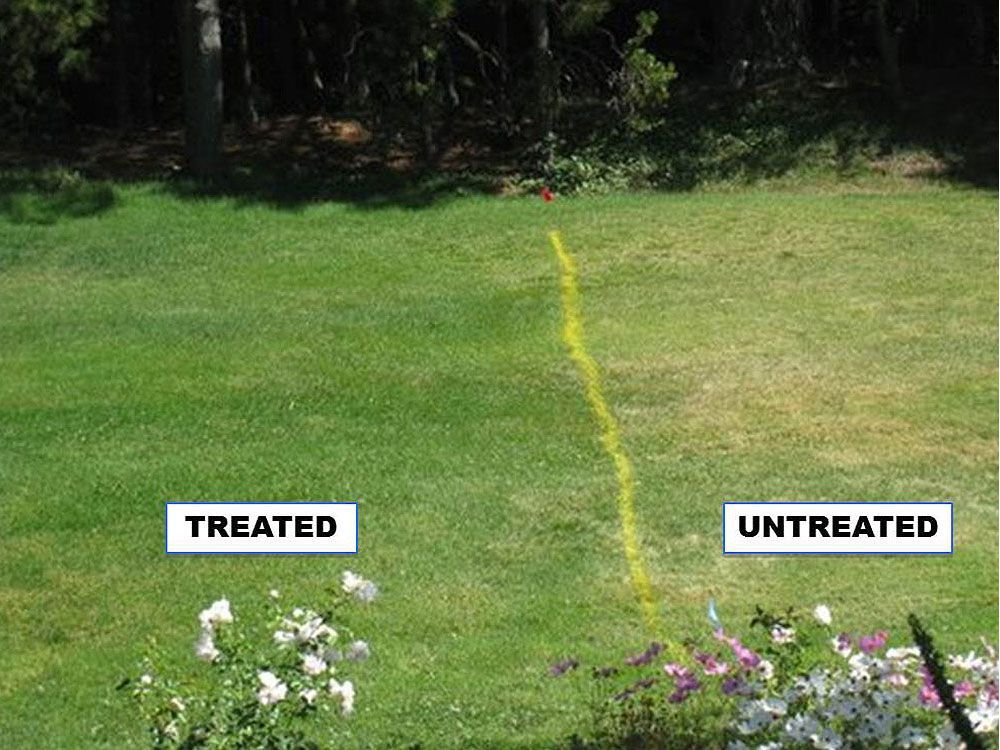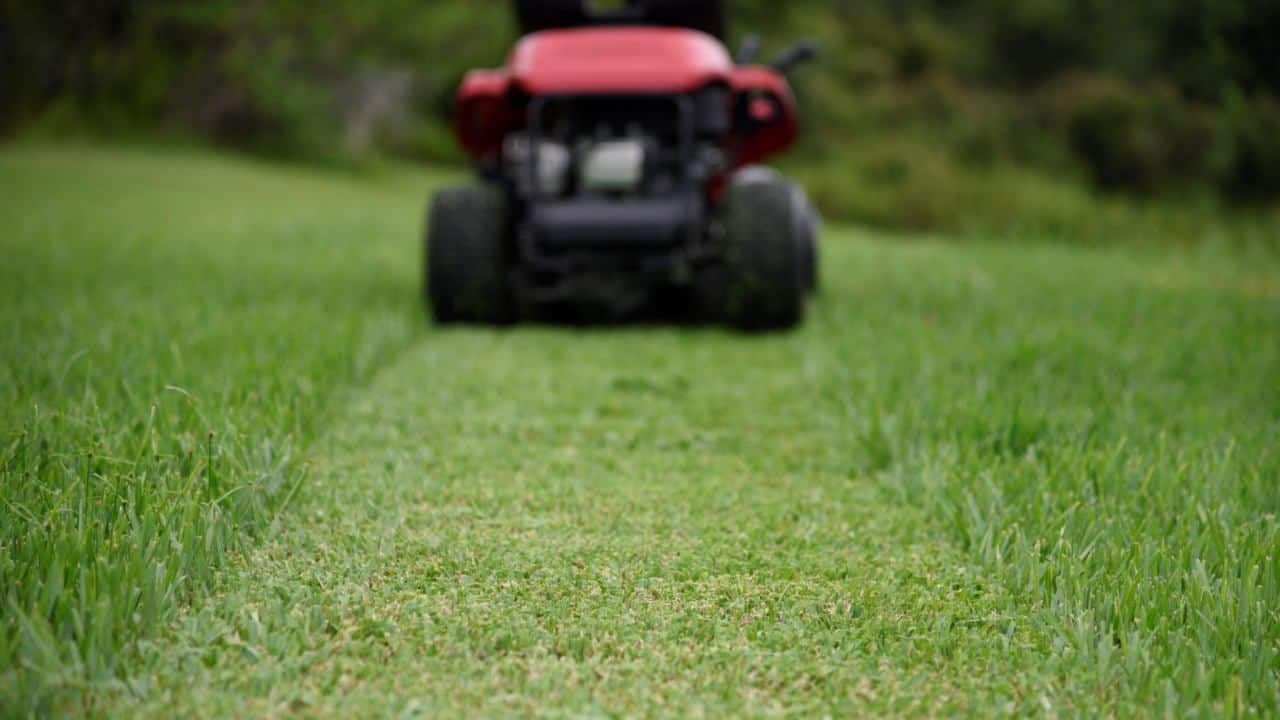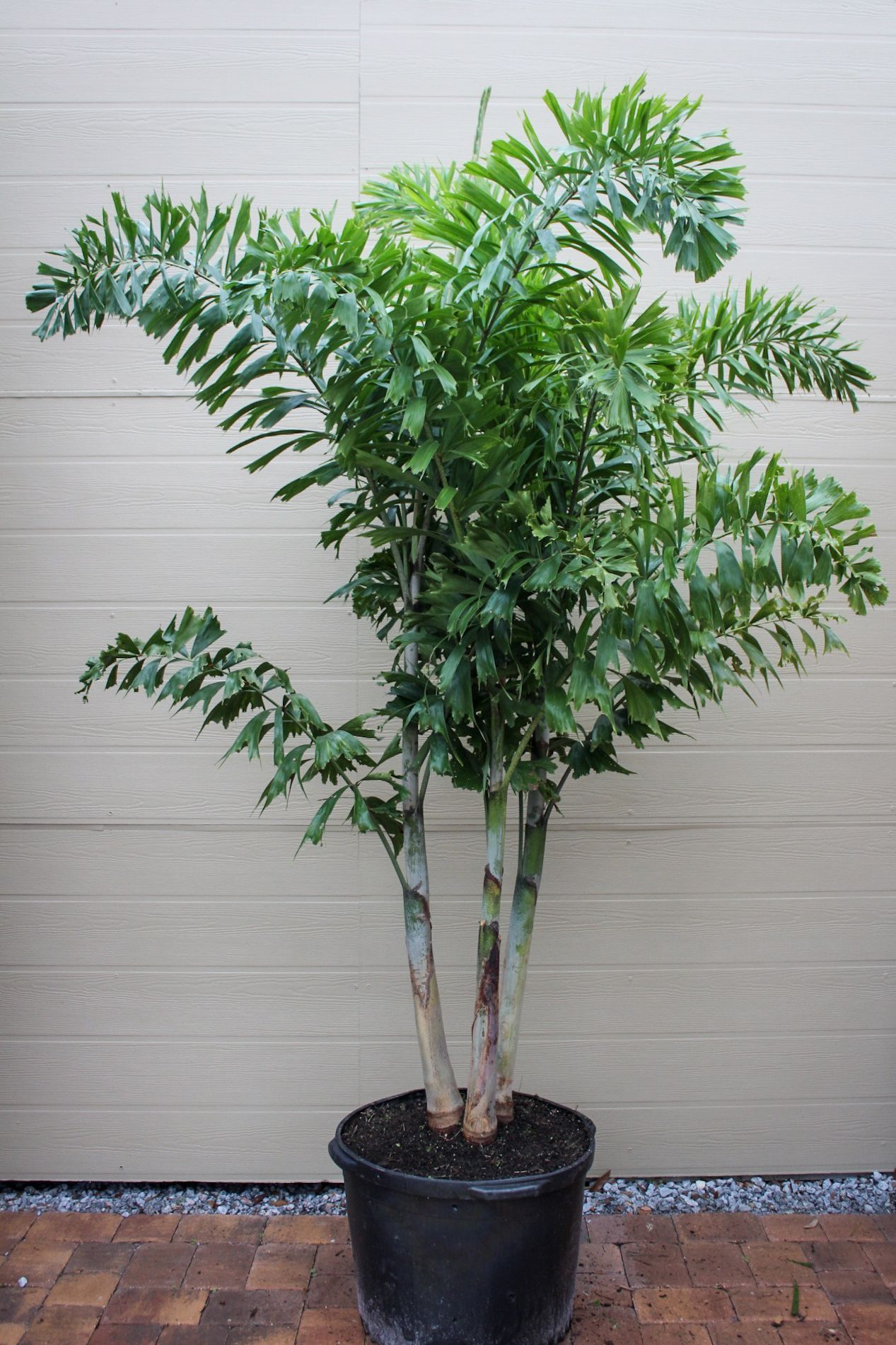How do I treat an ant infestation?
There are several ways to treat an ant infestation. Depending on the severity of the mounds and spread of ants, different methods may be required. Thankfully, if you use any kind of general purpose granular insecticide for your lawn, it will most likely be effective at keeping those ants away. Turf Ranger II
is a great broad spectrum insecticide that is effective against ants.
If the mounds are large and deep, traditional insecticides may not be the most effective. Something heavier duty and targeted may be required. That’s why we recommend using Fire Ant Control with Acephate. It is a soluble dust that you mix in water and pour directly on the mounds and areas of high ant traffic. Since it is a liquid solution, pouring a large amount on the mounds will cause it to directly seep into the colony of ants, making it more immediately effective than a granular insecticide. It is a great product for targeting specific concentrations of ants.
If the spread of fire ants across your lawn is quite severe, Over ’n Out! Fire Ant Killer Granules
is the right product for your purposes. It kills ants immediately upon contact and protects your lawn for up to six months. It covers up to 5,000 sq. ft., so one bag should suffice for most residential lawns. If the infestation of ants has spread too far and too deep for traditional insecticides to handle, Over ’n Out is the best product to control these bugs.
